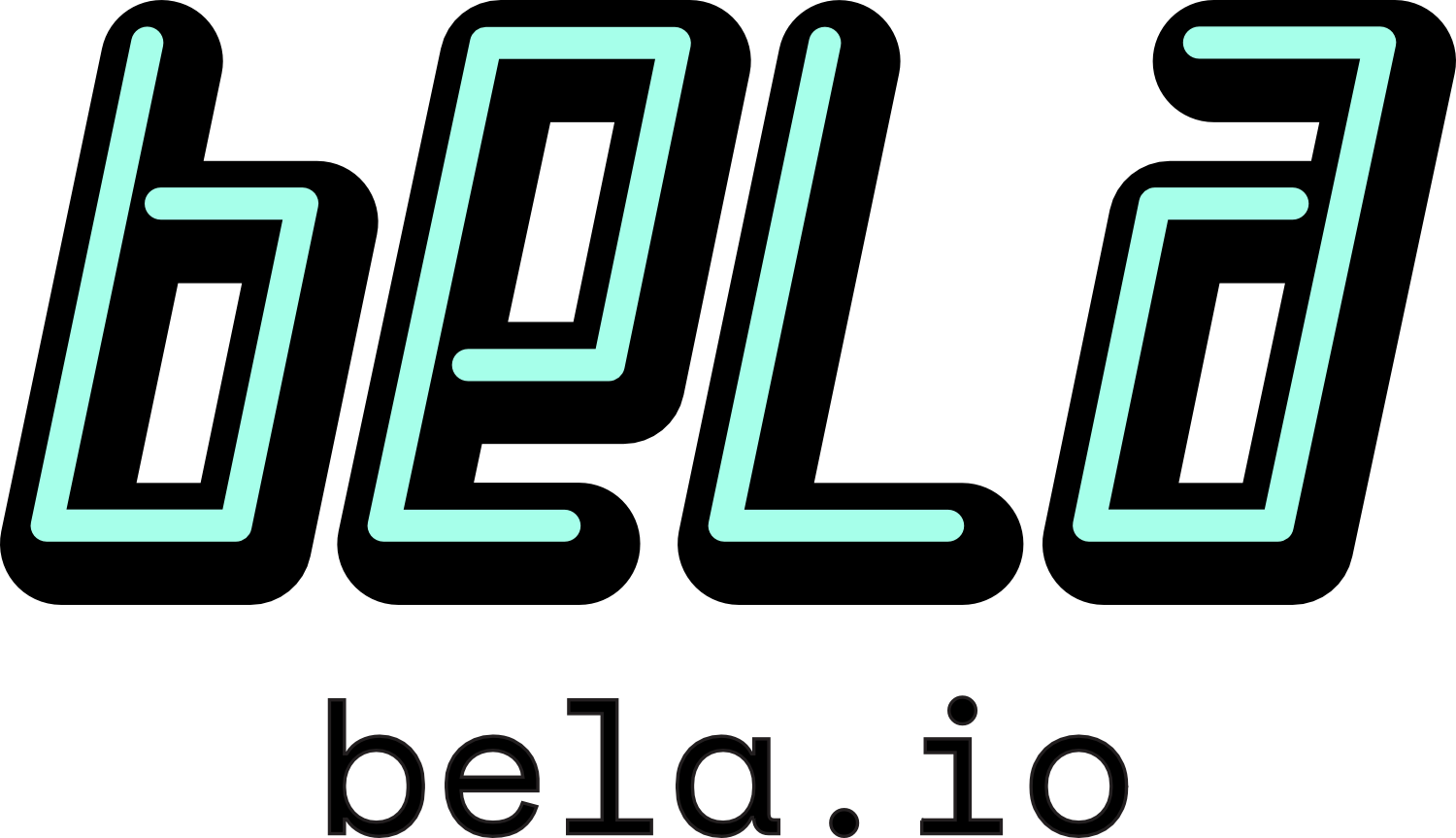Music 4: Translation, Rules and Games
Membranes
Nicola Leonard Hein, Lukas Truniger
Exploring the boundaries where music and language overlap, they use hybrid instruments – constructed from drum-skins and electronic components – as devices to turn written texts into pulses of light and percussive sound. As each machine translation emerges, the network of instruments starts to share the texts, transforming written material into aesthetic, visual and sonic patterns, for the performers and spectators to further interact with. Extrapolating from the example of the African talking drum, Membranes builds up an altogether new kind of tone language, constantly shifting and adapting itself before the viewer and performers alike.
The instruments form a reactive network of semantic and aesthetic actors: a play of forms, light and sound unfolds between them. Following historical archetypes musical communication instruments and seeking to create a speculative acoustic interaction space, this audio-visual installation and performance offers a new alternative communication environment.
In its installation form, the work shows sentences generated by an algorithm which analyzes a database of various theoretical texts about the relation between music and language. A dialogue between the independent object-instruments takes place and establishes a network of dead agents – transformed algorithms – that testify both to a form of communication that is historically rooted in a cultural tradition and a hypothetical language spoken in a world after the Web’s demise.
“Yunzhong Jun”-For human voice, Max and real-time interactive electroacoustis
Weiming Song
The title “Yunzhong Jun” is inspired by the second The Lord within the Clouds in Qu Yuan’s Nine Songs. Nine Songs, or Jiu Ge, is an ancient Chinese set of poems. The Lord within the Clouds was worshipped in the hope of rain and good weather for crops. The sound of the work is a human voice reading the The Lord within the Clouds in Hakka dialect. The work uses Wemos D1 Mini device based on the esp8266 chip.
The work uses Arduino IDE to write the code into the esp8266 chip, and converts the data obtained by the ultrasonic sensor connected to it into actual distance. The obtained distance parameter is then transmitted to the max7 of the mac end under the same Wi-Fi environment through the UDP protocol, and then the received parameters are mapped into parameters that can control the effector or max object.
Terrain Study
Christof Ressi, Szilard Benes
terrain study is a piece for solo performer and virtual reality system, which seeks to work with the possibilities and limitations of VR outside the usual context of a realistic 3D environment. The player starts in a simplistic 3D world consisting of only three basic elements: a randomly generated, slightly undulating terrain; a texture mapped cube which creates the illusion of an endless horizon (a so- called sky box); and several metal-like spheres hovering above the ground which the player can interact with musically. By and by, the visual and acoustic representation of the game world is manipulated by the sounds produced on the instrument, leading to bizarre structures and surreal perspectives, eventually questioning the division of subject and world.
Machine Tango
Courtney D Brown
In Argentine tango, dancers usually respond to fixed musical recordings with
improvised movements, each action arising from an unspoken conversation
between leader and follower. In Machine Tango, this relation between dancers
and music is turned upside down, enabling tango dancers to drive musical
outcomes. Motion sensors are attached to dancer limbs, and their data is sent
wirelessly to a computer, where algorithms turn the movement into sound. In
doing so, the computer inserts itself in this on-going nonverbal conversation.
Instead of traditional tango instruments such as the bandoneón, dancers generate
and transform the sounds of typewriters and found sounds. System musical
response to movement shifts during the dance, becoming more complex. The two
dancers must navigate the resulting unstable musical structures as one body,
responding with stylized tango movements. The difficulty of this task and the
juxtaposition of the traditional with the experimental are integral to the
performance aesthetic.
Sonic Cultures
Se-Lien Chuang, Atelier Avant Austria
Andreas Weixler, MDW Vienna, ABPU Linz, Atelier Avant Austria
Sonic Cultures is an immersive realtime audiovisual compositional environment with interactive generative score (iScore) for multiple computer and open ensemble. An open acoustic instruments ensemble including electronic devices using digital interfaces (laptops etc.) serves as mutual media for score conducting, reading and interpreting. In concert it is performed within an combination of audiovisual realtime processing and improvisation conducted by interactive graphic scores on individual screens/computer driven by virtuoso random functions and intentional choices of a digital conductor/composer, which underline the visual and graphic components that are linked to and experienced by the musical sound environments. The conducted improvisation is completed by an audio realtime signal processing by fft controlled freeze reverb, classic ring modulation as well as spectral delay by a computer performer in mutual inducement with the instrumental player.
The essence of this compositional environment is to entice and to express the musical ideas by offering the visual and graphic incentive within the personal and individual spontaneity of the performer and the composer. Further it aims to crosslink the aural and visual environments for the performer and especially for the audience by fulfilling the audiovisual realtime processing through the multichannel audio processing and sound spatialization on the one hand, on the other hand the large-size projection of the visual transformation.
An interactive score turns the concert into live-event of a very special kind: the score is assembled within an algorithmic/random realtime process on stage based on mainly graphic notation.
Dark Matter (live coding)
Scott Wilson, Konstantinos Vasilakos, Tsun Winston Yeung, Emma Margetson, Erik Nyström
DM-NIME-Music-Submission Anon
This performance, created in collaboration with the art@CMS project at CERN in Switzerland, involves the real-time sonification of data streams from the Large Hadron Collider, the world’s largest and most complex particle accelerator. Experimental data containing clues towards possible ‘new physics’ becomes the raw material for improvised music and visualisations programmed with an aim to creating a result that while beautiful, is both musically and scientifically meaningful.





